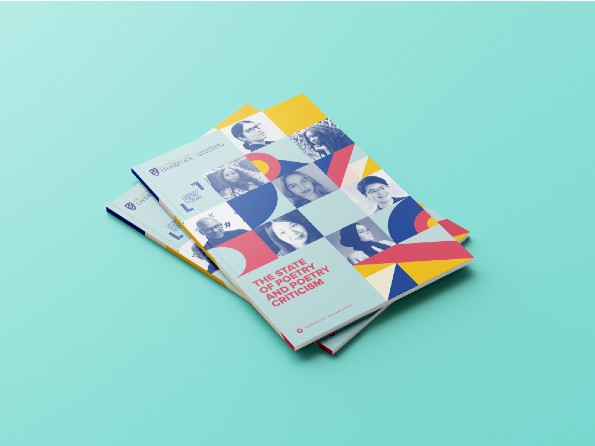Ledbury Poetry Critics 2020 annual report

Since the 2017 launch of the Ledbury Poetry Critics programme clear progress has been made in increasing the diversity of poetry reviewing. Surveying over thirty UK poetry magazines and newspapers from 2009 to 2019, the quantitative success of Ledbury Critics is profoundly clear: although reviews by Black, Asian and Minority Ethnicity (BAME) critics accounts for only 5.57 per cent of all reviews over the ten-year period (6,804), over half of all these reviews by BAME critics were written since 2017 (201 of 391 total). Put another way, since the Ledbury Critics programme was founded criticism by non-white poetry reviewers has doubled. This remarkable achievement may be statistically small compared to the still considerable imbalances that persist—but this exponential increase demonstrates that there is a surfeit of highly skilled BAME poetry critics. However, implementing lasting, longer-term structural change is complex and requires a shared belief in equality among commissioning editors, critics and indeed readers of poetry and reviews. Three years on, we still find that resistance or indifference to inclusivity remains in certain reviewing platforms. At some newspapers and magazines, white writers and editors at all levels replicate and reinforce the racial power structures that keep UK and Irish poetry and its critical culture white, either by choice or by failing to interrogate their commissioning and editorial practices.
As we move towards more qualitative measures of how race and reviewing co-exist in UK and Irish poetry, we hope it is not empty optimism to start looking toward wider social and structural change in the future through an expansion of what constitutes a poetry ‘review’. Many of the twelve UK-based Ledbury Critics have begun to work on longer and more in-depth critical essays and book projects, and to ask deeper questions about poetry, regarding aesthetics and the material conditions under which poetry is produced. The Critics are in positions now (as reviewers and poets, but also as commissioning editors themselves) to challenge and shape poetry culture. And not just in terms of race and poetry. We should not forget that structural exclusion operates across many intersections of identity concurrently. As we move into thinking more broadly about the language of reviewing and race, determinations of aesthetic and cultural value, as well as poetry’s traditions and forms, we remain mindful of these intersections and the work of other individuals and initiatives whose focus is on gender and class in literary culture.
See our 2020 report here
And for a full breakdown of data analysis by magazine/newspaper here